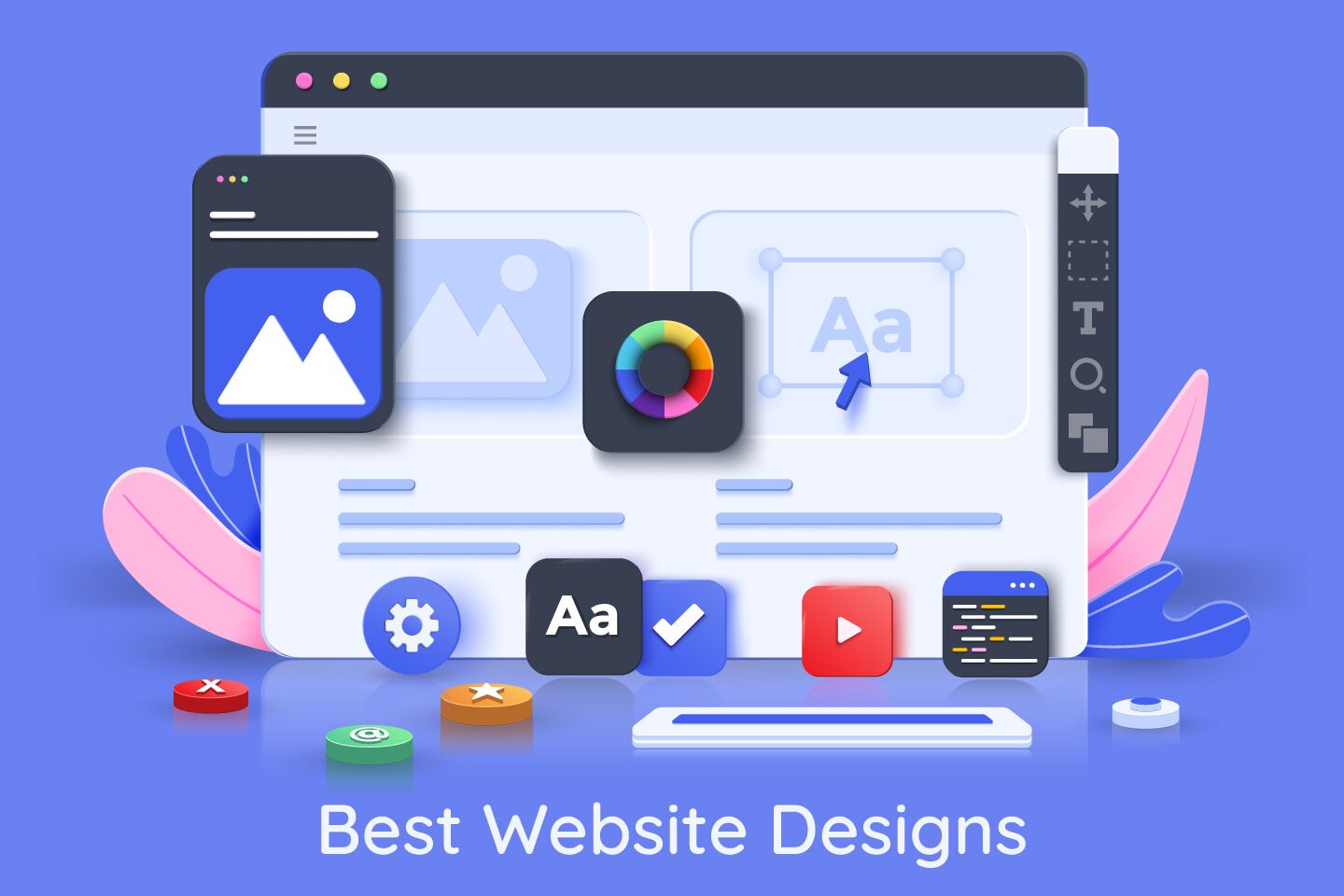Leading Tips for Developing an Impactful Site Layout That Transforms
To achieve this, one must think about a range of elements, consisting of recognizing the target audience, prioritizing customer experience, and optimizing for mobile platforms. The calculated usage of engaging call-to-actions and a well-defined visual pecking order plays an important function in directing users through their trip.

Understand Your Target Target Market
Comprehending your target market is basic to efficient internet site layout, as it lays the groundwork for producing an engaging individual experience. Recognizing who your users are, including their demographics, choices, and actions, allows designers to tailor the site's material, layout, and performance to meet details demands.
Performing comprehensive market study is essential in this procedure. Studies, interviews, and analytics can provide valuable insights into user assumptions and pain factors. By assembling this data, designers can produce user personas that represent different segments of the audience, ensuring that design decisions are informed and appropriate.
Furthermore, recognizing the target market aids in choosing appropriate design components such as color pattern, typography, and images that reverberate with individuals. A site that talks directly to its target market cultivates a feeling of link and depend on, encouraging longer gos to and greater conversion rates.
Inevitably, a user-centered method to website style not only boosts user fulfillment but additionally sustains company objectives by driving involvement and loyalty. By prioritizing the needs and choices of the target market, a site can efficiently serve its function and attain wanted end results.
Prioritize Individual Experience
To enhance the total efficiency of a web site, focusing on customer experience (UX) is essential (Website Design). A well-designed UX makes certain that visitors can navigate the website easily, discover details swiftly, and engage with content meaningfully. This leads to enhanced individual satisfaction and higher conversion prices
Begin by implementing instinctive navigating. Menus needs to be practically structured, enabling individuals to situate crucial locations of the website with marginal initiative. Uniformity in design elements, such as color design and fonts, cultivates experience, which is critical for keeping individual involvement.
In addition, take into consideration the filling speed of your internet site. A hold-up of just a few seconds can result in significant drop-offs, as individuals are less most likely to wait for a slow-loading page. Streamlining photos and enhancing code can improve performance and keep site visitors.
In addition, quality in content presentation is vital. Usage succinct, appealing language and separate text with visuals to enhance readability. By focusing on customer experience, you not just produce an extra pleasurable setting for site visitors but also strengthen your brand's reputation. Inevitably, a concentrate on UX is an investment in the long-term success of your website.
Enhance for Mobile Instruments
Maximizing for mobile phones is essential in today's digital landscape, where a boosting variety of users access web sites with mobile phones and tablet computers. A mobile-friendly layout not only boosts customer experience but likewise plays a substantial function in improving search engine positions. To attain this, it is important to adopt a responsive layout that automatically adapts to various screen dimensions and positionings.

Packing rate is one more vital element; mobile users are commonly less client and anticipate rapid accessibility to information. Maximize photos and take advantage of internet browser caching to boost performance. Lastly, test your website on multiple gadgets and screen resolutions to identify and remedy any kind of possible use concerns. By focusing on mobile optimization, you make certain that your web site continues to be competitive and efficiently engages a more comprehensive target market.
Usage Engaging Call-to-Actions
An internet site's performance frequently hinges on its capability to direct site visitors towards wanted actions, making compelling call-to-actions (CTAs) essential components of layout. CTAs offer as the essential points that guide users to engage with the website, whether that suggests purchasing, signing up for an e-newsletter, or downloading and install a resource.
To develop efficient CTAs, quality is critical. Use succinct language that plainly connects the action you want the customer to take.
Additionally, the layout of CTAs must stick out without being interfering. Utilize contrasting shades and clear typefaces to ensure they record attention. Additionally, consider using directional signs, such as arrows or photos, to direct customers toward these switches. By concentrating on these components, services can significantly enhance individual involvement, driving conversions and eventually attaining their web site's objectives.
Focus on Visual Hierarchy
Efficient website style counts heavily on a browse around this site well-structured visual power structure that guides customers through material flawlessly. By organizing aspects in a fashion that prioritizes information, developers can boost user experience and assist in decision-making. This entails utilizing size, shade, comparison, and spacing purposefully to accentuate one of the most crucial elements of a page.
Making use of larger font styles for headings and subheadings develops a clear difference in between different sections, enabling individuals to check material easily. In addition, employing contrasting colors for switches and calls-to-action can capture customer interest and encourage interaction. Whitespace is one more important part; it prevents mess and makes it possible for customers to concentrate on key messages without disturbances.
Images and graphics must enhance the message while likewise adhering to the established pecking order, reinforcing the total message (Website Design). Uniformity in design elements, such as color plans and typography, further enhances the visual hierarchy, making navigating intuitive
Conclusion
In verdict, efficient web site design necessitates a comprehensive understanding of the target audience, prioritization of customer experience, and mobile optimization. Inevitably, a well-executed internet site design serves as a vital component in driving user actions and accomplishing service purposes.